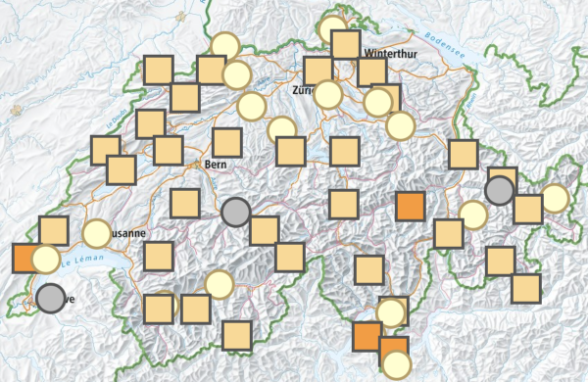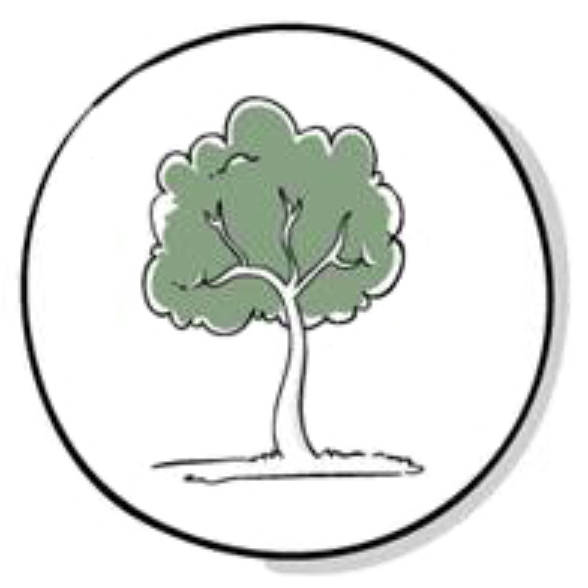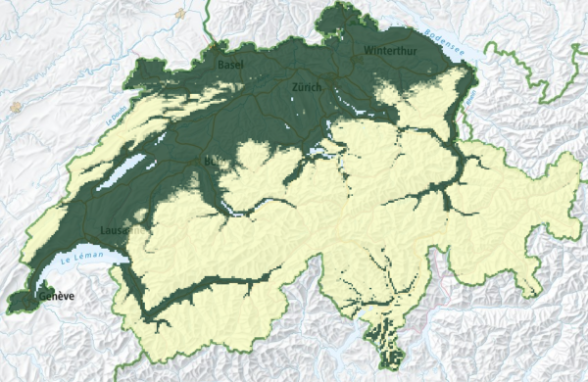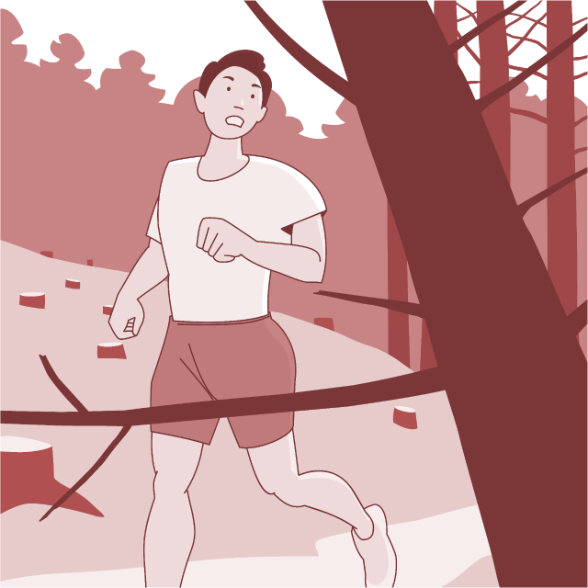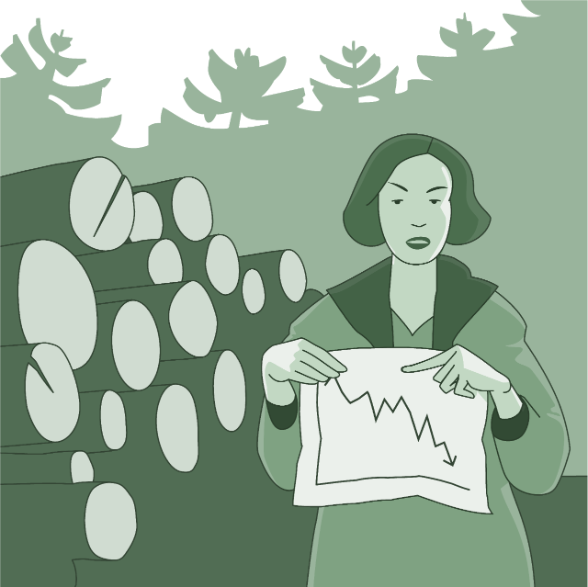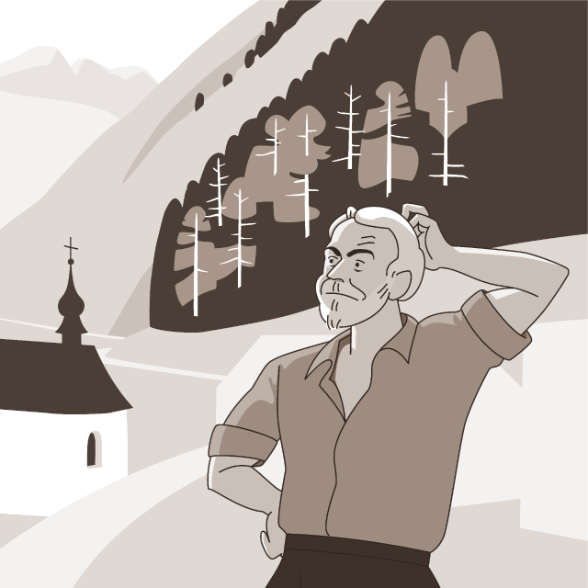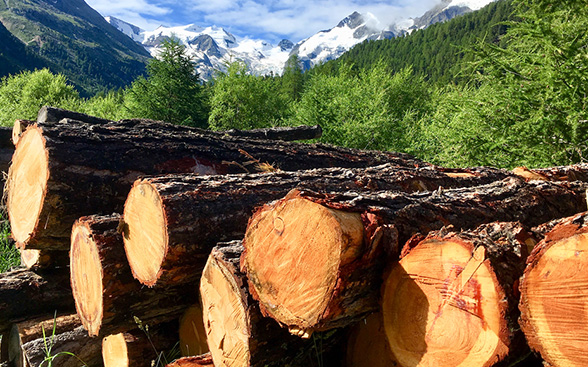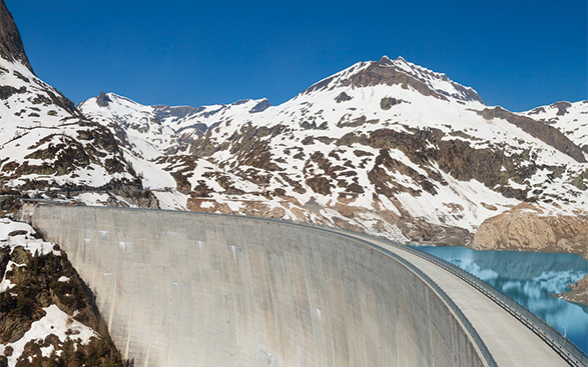WSL explores the dynamics of the terrestrial environment and the use and protection of natural habitats and cultural landscapes. WSL monitors forests, landscapes, biodiversity, natural hazards, and snow and ice and develops sustainable solutions for socially relevant issues - not least in connection with climate change.
The Swiss Federal Institute for Forest, Snow and Landscape Research is concerned with the use, development and protection of natural and urban spaces. The focus of our research is on solving problems to do with the responsible use of landscapes and forests and a prudent approach to natural hazards.
Today WSL maintains more than 6000 experimental and research plots, including large experimental stations for studying rock fall or debris flow, study areas for monitoring the effects of climate change on forests and sites damaged by storms or fires for investigating the impact of these natural hazards.
WSL is a research institute of the Swiss Confederation. It is part of the ETH Domain and employs approximately 500 people. In addition to the headquarters in Birmensdorf, near Zurich, and to the WSL Institute for Snow and Avalanche Research SLF in Davos, branch stations in Lausanne and Bellinzona (opened in 1991) and Sion (1996) generate local synergies and reach out to professionals.
Priority themes with contributions from WSL
Sectors
Data
Last modification 05.11.2018


